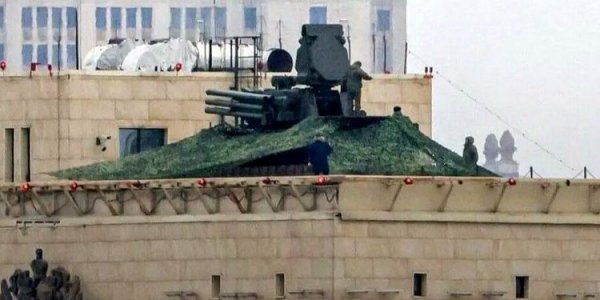Russia is experiencing difficulties with short-range air defense, since both in the military zone of Ukraine and in many regions of the aggressor country, “arrivals” of attack drones destroying strategic enemy targets are regularly recorded.
11 0
Photo – ria.ru
About the fact that Putin’s army began to create mobile fire groups to combat large-scale UAV attacks, that is, they actually adopted the experience of our state, writes NBN, citing the Institute for the Study of War (ISW).
As it became known, the Kremlin somewhat strengthened the existing air defense system by deploying the Pantsir-S1 complexes, but in practice it gave priority to “closing the sky” over strategic energy facilities only in the vicinity of Moscow and St. Petersburg.
However, since the local society of the Russian Federation began to massively show dissatisfaction with such decisions, Moscow began to be forced to create mobile fire groups in the combined arms armies and the air force.
It is assumed that the Russians intend to apply the experience of the Armed Forces of Ukraine, equipping their units with thermal imagers, electronic warfare systems and machine guns mounted on pickup trucks, which is very reminiscent of the description of our tactical mobile fire groups formed last spring to protect against intense attacks by Geranium-2/Shaheds.
Thus, we can draw conclusions—the actions of the Russian military command to create their own kind of mobile fire groups are not so much a response to the recent intensification of attacks by Ukrainian kamikaze drones on Russian oil refineries, as they are partly evidence of the impotence of the vaunted enemy Air defense.
Earlier, we wrote that ISW analysts assessed the likelihood of an operational breakthrough of invaders in the Kharkov region.

